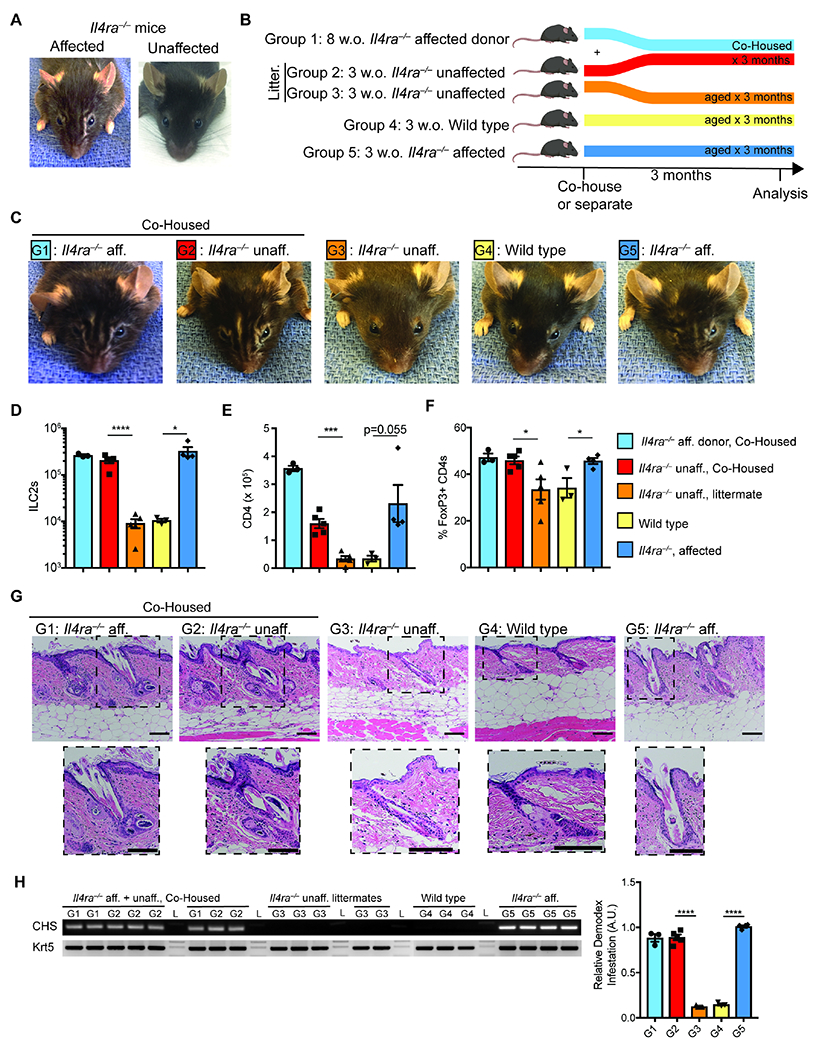Figure 3. Co-housing Demodex-infected with non-infected Il4ra−/− mice transfers the phenotype.

(A) Facial appearance of Il4ra−/− mice infected (affected) or uninfected (unaffected) with Demodex musculi. (B) Schematic of the co-housing experiment. 8 week-old (w.o.) Il4ra−/− mice infected with Demodex (Group 1) were co-housed with unaffected 3 w.o. Il4ra−/− mice (Group 2). Unaffected littermates of co-housed mice (Group 3) were allowed to age concurrently. WT (Group 4) and Il4ra−/− from known Demodex infected parents (Group 5) were aged as independent controls. (C) Representative mice at 3 months after the co-housing experiment. G1-G5 indicate experimental groups as outlined in (B). (D and E) Number of skin ILC2 (D) and CD4+ (E) cells in back skin. (F) Frequency of Treg cells (as percentage of total CD4) in back skin. (G) Sections from back skin were stained with H&E. Inset highlights Demodex infestation of the hair follicle and sebaceous glands. Scale bar, 100 μm. (H) PCR for Demodex chitin synthase gene (CHS, top) or genomic DNA for the keratin 5 gene (Krt5, bottom) from 2mm punches of back skin. Quantification of relative band intensity (CHS/Krt5) is shown on the right. Data are from one representative experiment of two independent experiments. Statistical significance shown by * P < 0.05, ** P < 0.01, *** P < 0.001, **** P < 0.0001 by two-tailed Student’s t test. Please also see Figures S2, S3 and S4.
